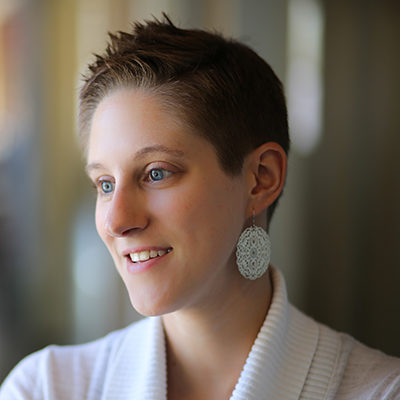
This September we held PAYETTE’s inaugural hackathon. I was inspired by my experience at the Equity by Design Hackathon led by Rosa Sheng at the AIA Convention. Though the EQxD Hackathon initiated an interesting discussion, I was really excited about the format – small group discussions led to new ideas and modes of problem solving. This style of connection and innovation seemed ideal for PAYETTE’s think-tank style studio environment. I saw this format as an opportunity to bring people together from different project teams and departments throughout the firm. I wanted to tap into expertise throughout the firm, potentially connecting ideas from one project to another.
What is a hackathon?
Traditionally, a hackathon (also known as a hack day, hackfest or codefest) is an event in which computer programmers and others involved in software development and hardware development, including graphic designers, interface designers and project managers, collaborate intensively on software projects.
Many other disciplines have co-opted the term and in the general sense it means “focused innovation efforts.” By nature a hackathon is a disruptive event, meant to challenge the status quo because it forces participants to explore ideas quickly, iterate frequently and think outside the box.

We conceived an event with 5 teams of 4-5 people each. We provided an imagined client brief and allotted three hours for teams to work. At the end of the three hours each team had an opportunity to present their key idea(s) to a panel of three judges. The judges then selected a winning team. The teams were judged on how clear and compelling the ideas were.
Anatomy of a Hackathon

Our client brief outlined a bio-research facility at a large university led by a new director looking for the next exciting innovation in laboratory design, from the funding model, building footprint, program adjacencies or collaborative zones of the building. We encouraged teams to challenge their own knowledge and to ask ‘why’ about solutions proposed. We also encouraged teams to respond to as much or as little of the brief as they liked, empowering them to direct their discussion as they saw fit. The only rule after we started ‘hacking’ was: no computers.

What we saw were five very different solutions, which we will share elements of in the coming weeks. This opportunity allowed teams to stretch their creative wings and connect with new colleagues throughout the firm. We’re really excited about the possibilities this format offers us. Stay tuned over the next few weeks for comments from our judges and teams.
Related:
Why Hackers Make Good Citizens


